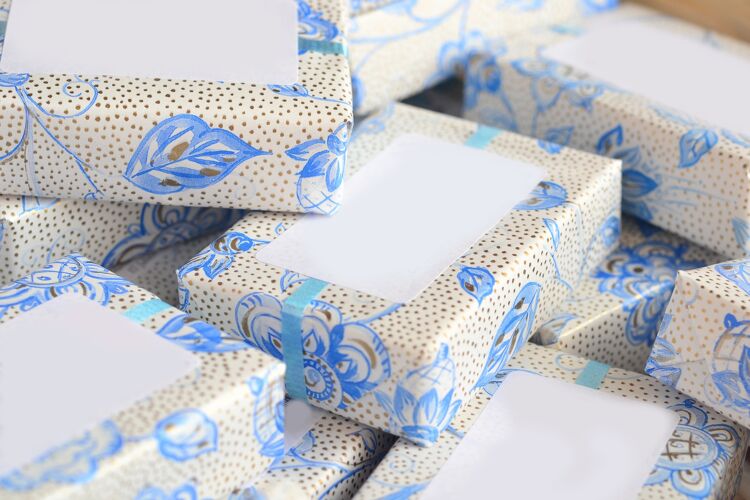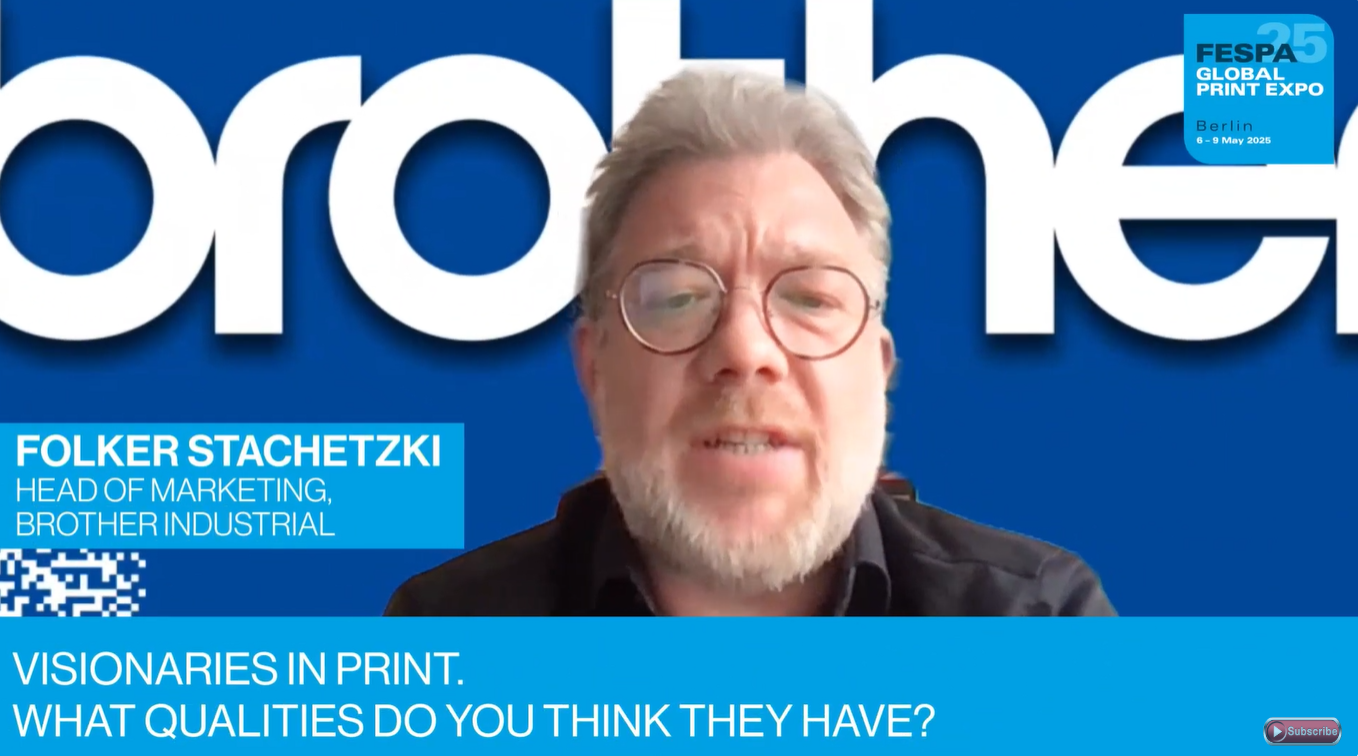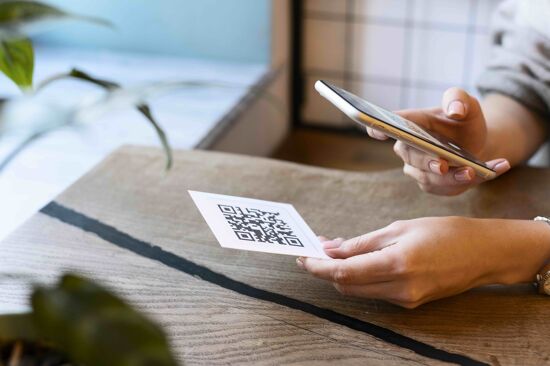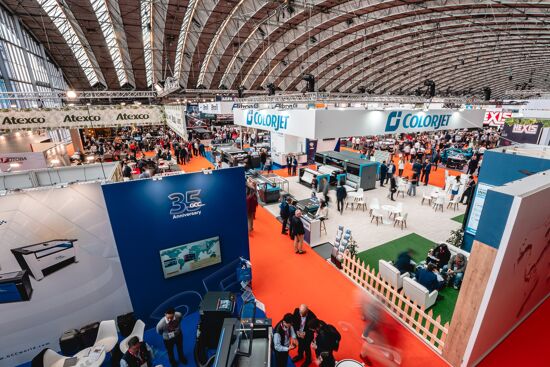How to perfect personalisation in printed packaging

Packaging is one market that has been cited as a growth area for some time now, but if you combine this up with another sector of opportunity in terms of personalisation, this can open even more doors for printers. Here, Rob Fletcher takes a closer look at packaging personalisation.
Capitalising on current trends is key. Standing still and not seeking new prospects puts you at risk of missing out on valuable work that could instead go to competitors.
Packaging and personalisation have both seen tremendous growth during recent years, and when joined together, offer all manner of opportunities to printers. However, as is the case with any market, knowing where to target is not always straightforward.
We sit down with several manufacturers and suppliers to shed more light on this exciting area.
Ultimate unboxing experience
While it is true most of our shopping now takes place online, the fact remains that as well as when clicking ‘buy’ to complete their purchase, consumers also get a major endorphin hit upon receiving their item. Digitally printed packaging can play a key part in this, according to Ben Ginesi, European sales manager for digital corrugated packaging at Domino Printing Sciences.
Ginesi picks up on several reports to demonstrate. Firstly, a Smithers study says the global digital printing market is expected to reach $34.3bn (£28.3bn/€33.6bn) in value by 2026, accounting for almost a quarter of the global value of the print and printed packaging market by 2032.
A contributing factor to this, Ginesi said, is rising consumer demand for personalisation and a preference for the convenience of online shopping – a trend ecommerce platforms are keen to capitalise on.
 Caption: A Mondi survey found 61% of European consumers consider the shape, material, appearance and personalisation of packaging as important
Caption: A Mondi survey found 61% of European consumers consider the shape, material, appearance and personalisation of packaging as important
On top of this, a Mondi survey into ecommerce trends and customer attitudes to packaging in Europe found 61% of consumers consider the shape, material, appearance and personalisation of packaging as important. On the flip side, 34% would reconsider future purchases if they consider the packaging to have adversely affected buying experience.
As to how digital print can help, Ginesi explained: “For most small, home-based ecommerce sellers, partnering with a packaging provider using traditional printing methods is unlikely to be an option. However, with digital printing, small businesses and their customers need not miss out on the unboxing opportunity.
“With a growing number of service providers dedicated to digital printing, businesses of all sizes can commission short runs of eye-catching, even personalised, packaging designs to suit their carefully curated ecommerce wares.
“Digital printing for packaging offers low minimum order quantities at a reasonable cost, unlocking the opportunity for small businesses to build their brand and enhance the consumer experience with boxes as unique as the product itself. Some sellers add finishing touches, such as digitally printed labels, to their packaging – this can be a low-cost option for creating their own branded ecommerce packaging.”
Rising demand for personalised packaging
Bobby Grauf, head of business development EMEA at Antigro Designer, which specialises in print personalisation, agrees there is opportunity for growth in packaging. He referenced research showing people are willing to pay a premium for personalised and customised packaging, and favour packaging that is unique or reflects their individual styles and personalities.
 Caption: Print Customizer is a cloud-based print personalisation tool from Antigro Designer
Caption: Print Customizer is a cloud-based print personalisation tool from Antigro Designer
“Coherent Market Insights has found that the rapid growth of e-commerce has driven the demand for personalised packaging, and it’s now easier than ever to customise products online,” he said.
So, where should printers be looking? Grauf said gifting remains a lucrative area and, as with the wider personalised packaging market, the rise in e-commerce is expected to accelerate this growth.
In addition to this, Grauf said the environment also plays a key role in consumer demand. He said: “Demand for personalised reusable drinkware such as water bottles and coffee cups have soared in popularity due to rising environmental concerns. Offering personalisation options for reusable and sustainable products broadens the opportunities for printers.”
As to how Antigro Designer can help, Grauf said its software enables businesses to offer personalised and customised printed products to their clients, integrating with custom domain-specific APIs and well-known online print shop channels such as Shopify, eBay, WooCommerce, and Etsy.
Loving luxury
In further support of the personalised packaging segment, Hendrik Koemans, European sales director at pad printing and industrial inkjet printing solutions provider Inkcups, also talked up potential for growth. He noted the luxury packaging sector as a particularly interesting growth area.
 Caption: Inkcups has noted increased demand for personalised luxury packaging
Caption: Inkcups has noted increased demand for personalised luxury packaging
“Printers offering personalisation and customisation for packaging will undoubtedly be noticing the uptick in demand as consumers favour unique products that they can make their mark on,” Koemans said. “In the packaging sector, this demand tends to be particularly for bespoke packaging, limited edition campaigns, and gifting.
“We’re also noticing a rise in demand for luxury packaging, with personalisation contributing to a more premium and luxury feel, which offers a potentially lucrative avenue for printers to take advantage of.”
On this, Koemans referred to direct-to-object (DTO) UV inkjet printing technology which he said is “ideally” suited for short runs and makes personalisation and mass customisation profitable and accessible for brands of all sizes.
“DTO also offers a more durable and sustainable alternative to shrink wrap and single use plastic packaging or traditional adhesive labels,” he said. “It also offers opportunities for special effects and added value - something that is crucial to stand out on busy retail shelves.”
Looking at Inkcups’ solutions in this market, Koemans picked out several products for print companies to consider. These include the Helix range, which can print onto a wide range of cylindrical packaging such as glass, plastic, and metal bottles at speeds of up to 400 units per hour.
“Since its launch, the Helix ONE benchtop digital cylinder printer has quickly become the entry-level direct-to-object printer of choice thanks to its compact and modular nature,” he said. “As a result, the Helix ONE is breaking down barriers for print businesses looking to enter this area of the market.”
Discover the latest innnovations in personalisation at Personalisation Experience 2025, a premier gathering is dedicated to unveiling the latest in digital print personalisation, offering an immersive platform for industry professionals to explore innovative technologies, sustainable practices, and forward-thinking strategies. Register your interest to visit here.
Topics
Interested in joining our community?
Enquire today about joining your local FESPA Association or FESPA Direct
Recent news

GenAI + POD: The Smartest Way to Add Personalised Products to Your Retail Offering in 2025
In 2025, GenAI and POD are transforming retail. Masterpiece AI empowers businesses to offer unique, AI-generated personalised products, from apparel to home decor. Customers use text prompts to create custom designs, streamlining production and boosting sales. This revolutionises customer experience and product offerings.
.png?width=550)
What qualities should visionaries in print have? With Folker Stachetzki from Brother
We speak to Folker Stachetzki, Head of Marketing at Brother about visionaries in print.

Bolstering personalisation by combining print and digital technology
Using printed material in combination with digital technologies offers more opportunities to those offering personalisation to customers. Rob Fletcher shares some recent examples of the print and digital working together to enhance the impact of personalised pieces.

European Sign Expo to highlight developments shaping the future of signage and visual communications
European Sign Expo 2025 (6 – 9 May, Messe Berlin, Germany) is weeks away and a host of leading exhibitors are all set to welcome Visionaries from across the signage and visual communications industries to their stands.